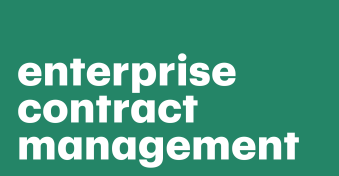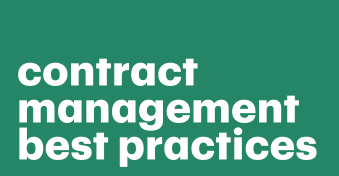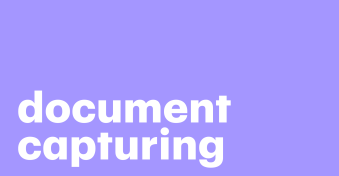Your information is important.
Actually it might be the most important asset your company owns.
In this blog we’ll dive into how to start when evaluating document organization software and which features need to be on the top of your list, so you can protect sensitive information and reduce risk.
Key takeaways:
- Enterprise Document Management (EDM) is a systematic process of capturing, storing, organizing, and retrieving electronic documents and records within an organization.
- Enterprise Document Management is crucial for businesses dealing with large volumes of structured and unstructured documents, such as legal firms, financial institutions, and government agencies.
- The EDM system simplifies organizational workflow management, streamlining operations and eliminating unnecessary processes.
- The main features of an EDM system include easy data capture and centralized storage, collaborative functionalities, user-friendly search options, and analytics.
What is enterprise document management (EDM)?
Enterprise document management (EDM) is the systematic process of capturing, storing, organizing, and retrieving electronic documents and records within an organization.
It involves using specialized software to manage both structured and unstructured data.
Enterprise document management is a collective process that ensures documents are easily accessible, secure, and trackable throughout their lifecycle in enterprise workflow.
EDM simplifies organizational workflow management, streamlining operations and cutting out unnecessary processes.
How an enterprise document management strategy works
An EDM strategy outlines how your enterprise will manage its document-centric processes.
Typically, it should evolve through the following steps:
Needs assessment
Conducting a thorough needs assessment is the first step in developing an EDM strategy.
You’ll identify your organization’s specific document management challenges, requirements, and goals here.
This process often requires active contributions from key stakeholders, including department heads, employees, and IT personnel.
Define objectives and scope
The next stage in developing your enterprise document management strategy is goal definition.
Here, you set clear objectives for the EDM strategy based on the needs assessment result.
The objectives may include improving document accessibility, enhancing collaboration, ensuring compliance, tracking documents efficiently, and increasing overall efficiency.
You’ll also define the scope and extent of the strategy at this stage.
You’ll identify the types of documents under management, the involved departments, and the processes requiring automation.
Selecting the right EDM system
This stage is crucial to your organization’s EDM strategy’s success.
You must pick the right enterprise document management system that fits your needs, budget, and objectives.
Any solution you select must offer functionalities such as document capture, processing, storage, security, and collaboration tools.
Planning and Implementation
A well-defined implementation plan is crucial for successfully adopting an EDM strategy.
The plan outlines the proper steps, timeline, and responsibilities of key personnel involved in the process.
An EDM play may leverage any of the following phases.
- Document Capture and Migration: Here, you’ll capture existing physical and digital documents for migration into the EDM system. This process may involve scanning physical documents, importing digital files, and organizing them according to a logical structure.
- Indexing and Metadata Management: Here, you index documents with relevant metadata, making it easier to search and categorize them efficiently. Metadata may include document type, date, author, keywords, and other relevant information.
- Security and Access Controls: Next, you’ll establish proper access controls to ensure that only authorized personnel can access specific documents. That requires setting user roles and permissions based on employee rank and responsibilities.
- Integration and Automation: You’ll integrate the EDM system with other business applications, such as CRM or ERP solutions. Doing that will enable seamless data exchange and automation of document-centric workflows.
- Training and User Adoption: Lastly, you must train employees to use the EDM system effectively. It would be best to encourage user adoption by highlighting the solution’s benefits and ease of use.
Document lifecycle management
With the enterprise document management system in place, subsequent activities will involve document lifecycle management and automation from creation to disposal.
Some systems automate document workflows, enabling efficient routing, approval, and collaboration. Thus, they help simplify processes.
Version control functionalities also ensure that the latest document versions are always accessible.
Monitoring and optimization
An effective EDM strategy requires continuous monitoring and optimization.
You must establish key performance indicators (KPIs) to measure the strategy’s success.
Key KPI metrics include document retrieval time, cost savings, and compliance metrics.
You should also conduct regular reviews to identify areas for improvement and address any emerging document management challenges.
Security and compliance
Data security and compliance are paramount considerations in enterprise document management.
While implementing EDM measures, you must regularly review and update security protocols to protect sensitive information from unauthorized access.
Ensure compliance with industry-specific regulations and data protection laws.
This requires proper document tracking, retention policies, and audit trails.
So, how do I choose the best EDM software for my business?
When selecting corporate document management software, it’s important to to think about how secure the document software is, the rate of document management software pricing, and whether you prefer document management SaaS solutions.
3 features to look for
Document organization and indexing
Look for software with strong document organization and document indexing capabilities to efficiently categorize and retrieve documents.
Document retention and security
Ensure the software includes document retention software to manage document lifecycles effectively. Strong security features are crucial, allowing you to control document access and permissions.
Collaboration and workflow management
Consider finding secure document software that supports collaborative work environments with built-in EDM system capabilities.
These tools should facilitate enterprise file management and streamline document workflows throughout your organization.
Making an informed decision
When comparing corporate document management software, weigh the advantages of different enterprise document management system vendors based on their feature sets, scalability, and integration capabilities.
This approach ensures you find a solution that aligns with your organization’s document management needs and enhances overall efficiency.
Choosing the right enterprise file management system involves weighing these factors against your organization’s specific requirements and operational goals.
Why are enterprise document management systems essential?
Your organization deals with vast amounts of content daily, whether in paper or digital form.
In most cases, the employees and data handlers may store this information in public or private networks, emails, shared drives, or even filing cabinets.
But, keeping paper documents in physical storage is a high-risk move.
On the other hand, an EDM system moves your file repository from the analog to the digital space.
Thus, it reduces paper usage and the associated expenses to keep physical storage for company documents.
In addition, organizations that don’t have centralized storage for their documents may find file management taxing, inefficient, and time-consuming.
Employees, particularly newer ones, will need help finding information when needed.
Enterprise document systems provide more structure in this regard.
Usually, EDM systems have centralized databases where all stored documents go.
The documents often go into separate categories, which makes them easier to find
- Information retrieval is easier on EDMs. As digital systems, users can quickly locate and retrieve the necessary information using search prompts. With all the files in a single location accessible from each employee’s workstation, users don’t need to leave their stations to access files.
- Furthermore, every enterprise has several moving parts for document generation, storage, and retrieval. An EDM helps to limit bottlenecks in processes and keep the workflow organized. Version control makes it easy to see who can access specific files and the history of document changes.
- EDM systems integrate seamlessly with other organizational frameworks, e.g., customer relationship management systems (CRM) and enterprise resources planning (ERP) solutions. This integration ability makes enterprise documents and forms management easier across the board, regardless of their origin or purpose.
What’s the difference between enterprise document management vs enterprise content management?
While both generally have information storage and management functionalities, enterprise document management and enterprise content management are not interchangeable.
Here we’ll explore the differences between them.
Enterprise document management
- Enterprise document management systems enable users to track documents efficiently. You may think of them like filing cabinets, except you’re not dealing with actual papers but documents on a screen.
- Enterprise Document Management primarily involves document capture, storage, version control, and retrieval.
- In terms of scope, Enterprise Document Management systems focus solely on anything that fits into the “Documents” category.
- Enterprise Document Management systems are more common in organizations dealing with large volumes of structured and unstructured documents, such as legal firms, financial institutions, and government agencies.
- Enterprise Document Management systems also prioritize efficiency in document processing and ensure their security and accessibility.
Enterprise content management
- Enterprise Content Management systems are mechanisms capable of managing every piece of information your company produces. As such, they encompass all forms of content that a company generates.
- In terms of scope, Enterprise Content Management systems can manage text-structured information like paper and digital documents and unstructured ones such as videos, audio, images, social media, web pages, purchase orders, contracts, invoices, and receipts.
- Enterprise Content Management Systems incorporate functionalities like business process automation and general digital asset management.
- Enterprise Content Management systems are more common with businesses that require comprehensive management of various types of content, particularly those with a significant online presence.
- ECM emphasizes holistic content management across different systems and departments, optimizing the entire content lifecycle.
An Enterprise Document Management system may sometimes be a subcategory of an Enterprise Content Management strategy.
While the ECM is all-encompassing, the EDM focuses only on documents, whether in physical or digital form.
What are the benefits of an enterprise document management system?
Suppose you’re considering setting up an enterprise document management system for your organization.
A robust EDM system typically includes the following functionalities:
Easy data capture and centralized storage
Enterprise document management systems can capture documents from various sources, including scanners, emails, and mobile devices.
They also serve as a centralized repository for all the registered files.
Essentially, EDMs house all files inside a single system.
Plus, more sophisticated EDM systems offer tiered storage levels and automated document management for organizations depending on their requirements.
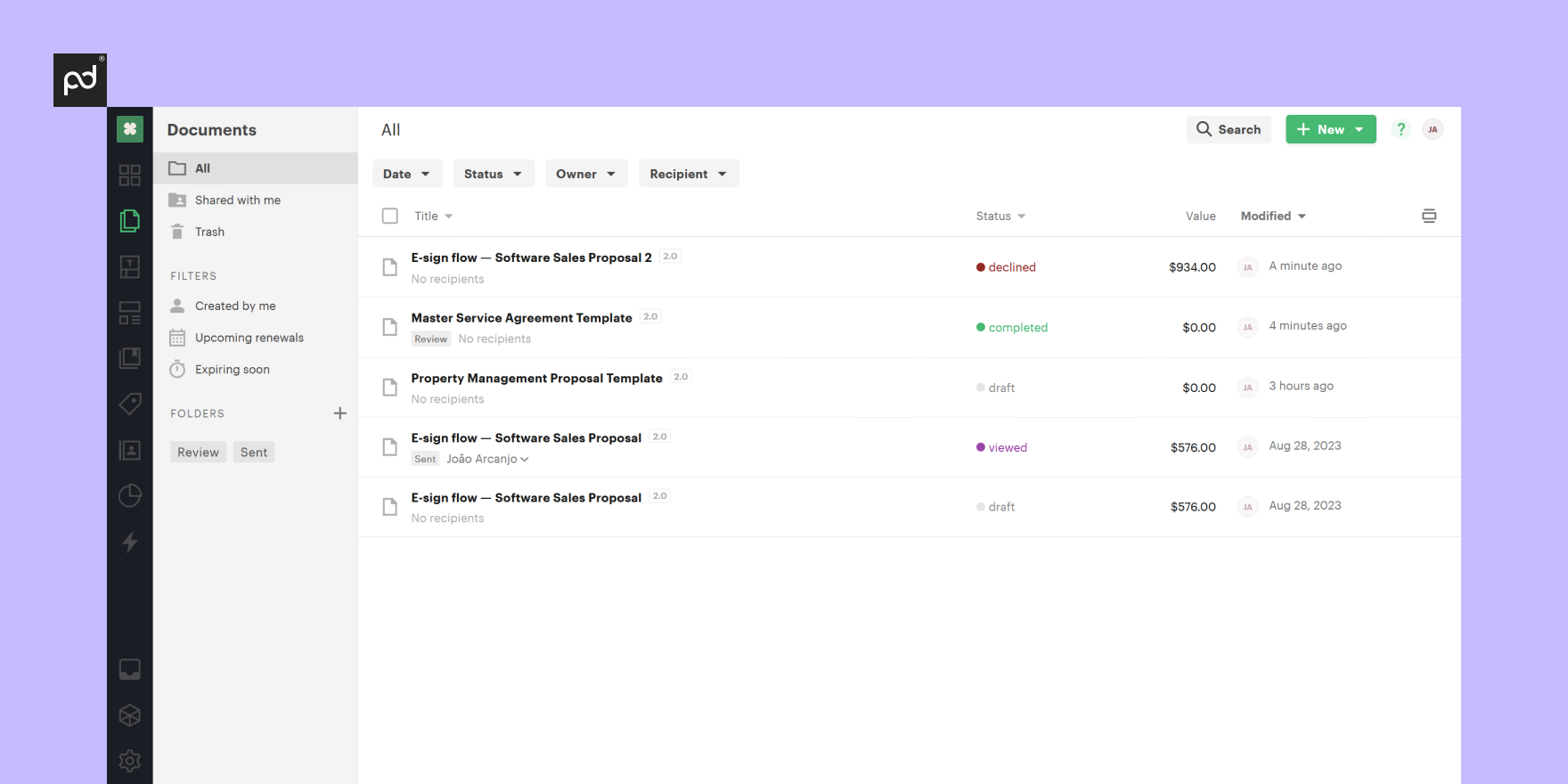
Collaborative functionalities
Aside from safe-keeping and efficient document management, enterprise document management enables easy collaboration between team members.
As such, your choice software must allow team members to work together on documents on the go regardless of their physical location.
Robust EDM systems enable team members to work on the same document at the same time.
These systems allow people to communicate with each other, make comments and edits on the document, and approve or reject the new changes on the file as necessary.
The version control feature also lets collaborators revisit all the changes they made to the document as often as needed.
This also helps avoid confusion caused by multiple file copies and ensures users work with the most up-to-date information.
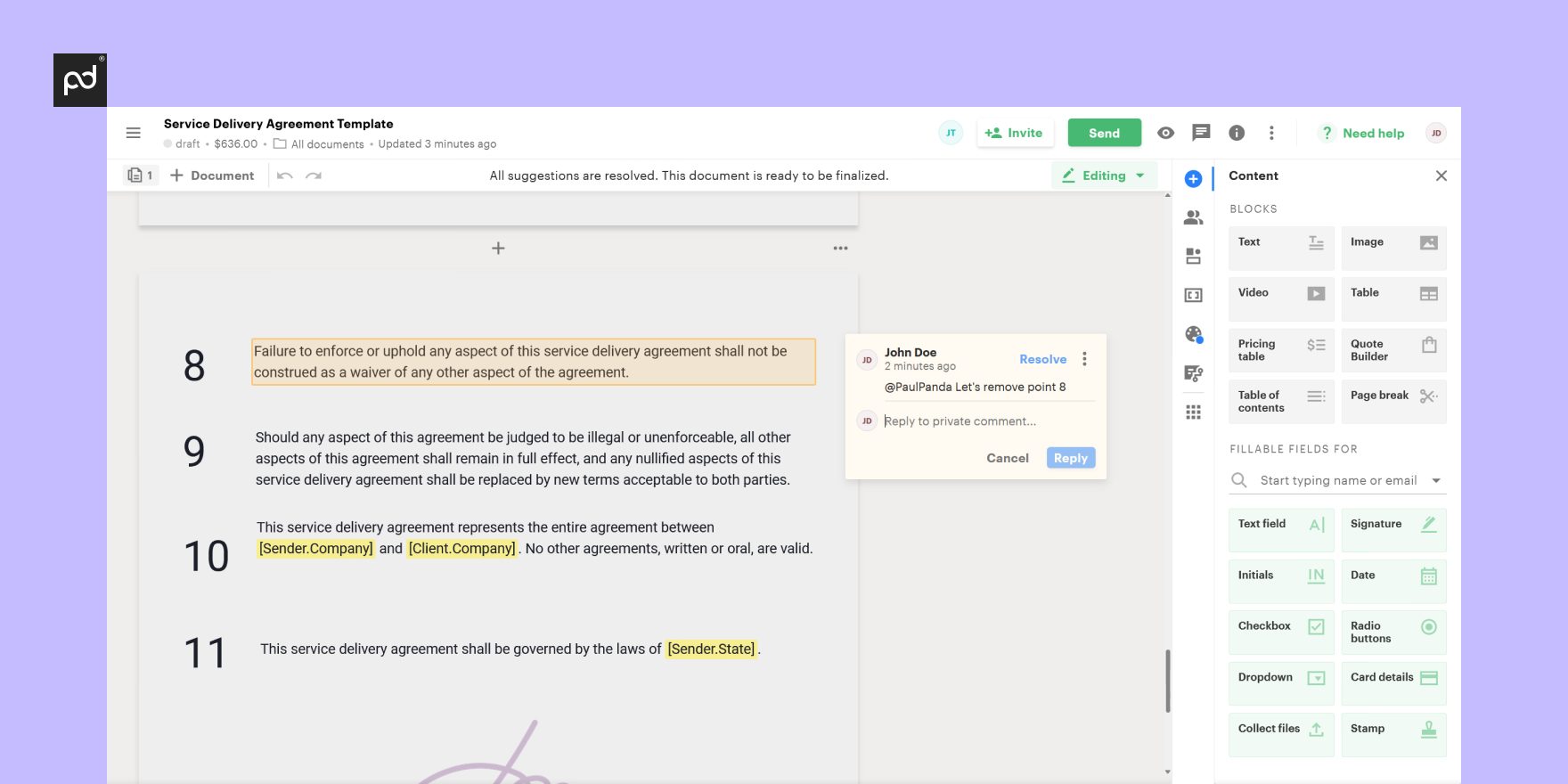
User-friendly search options
The functionality that enables this perk is the search button that always comes in the digital interface.
EDMs have advanced search capabilities and metadata tagging, making finding specific documents faster and more efficient.
Users can search for files based on keywords, dates, authors, or other attributes, reducing time wasted looking for information.
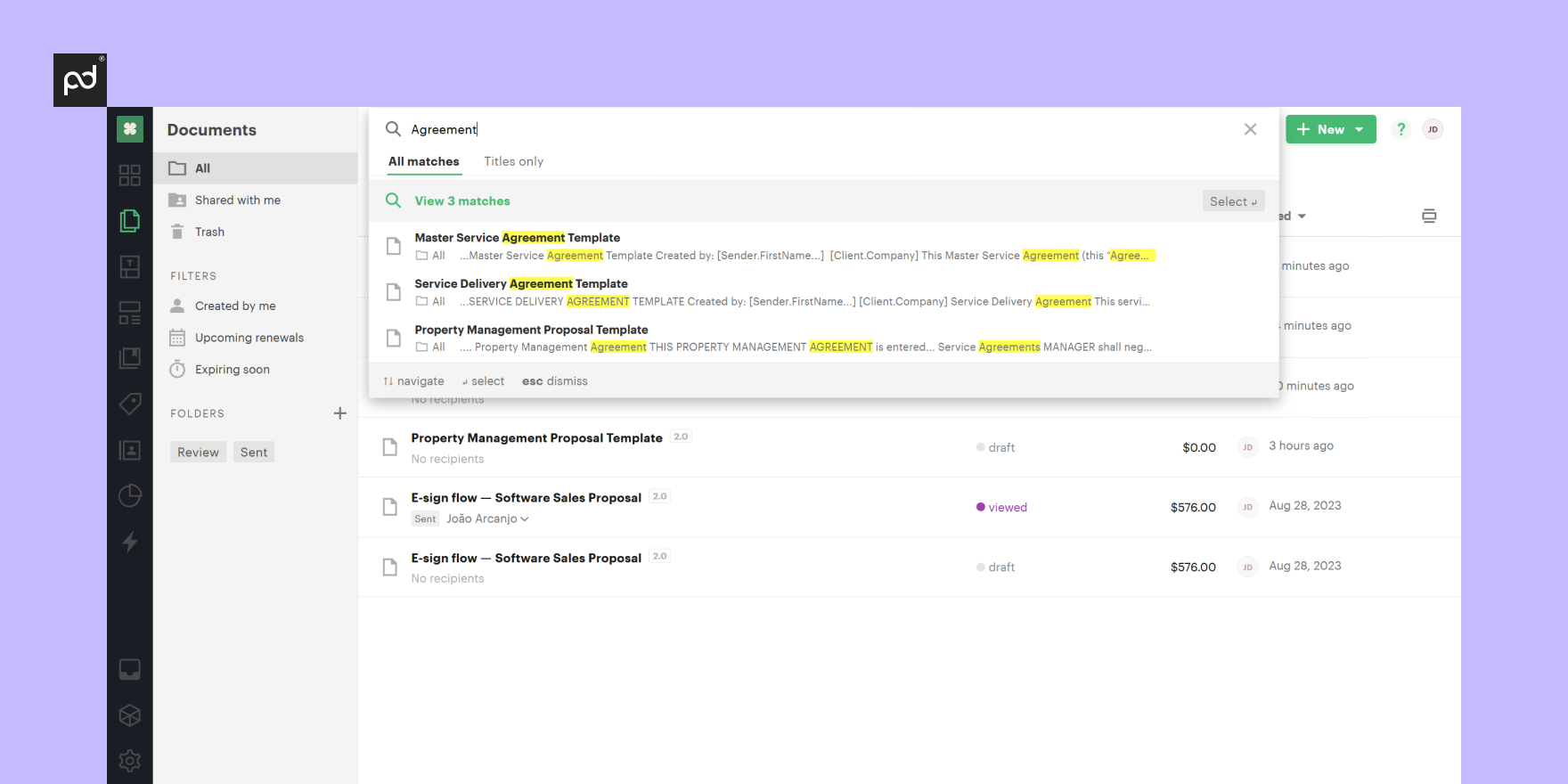
Centralized document repository
An Enterprise DMS provides a central location for storing and organizing all types of documents.
This system makes it easier for employees at your company to access, share, and collaborate on files.
This centralization also reduces the risk of version conflicts and data duplication.
Secure document storage
A robust DMS also provides security features such as access controls, encryption, and user permissions.
Thus, it helps to protect sensitive information from unauthorized access or data breaches.
Disaster Recovery and Data Backup
Enterprise DMS platforms typically include data backup and disaster recovery mechanisms.
These functionalities back up critical documents regularly, reducing the risk of data loss due to hardware failures, damages, or cyberattacks.
Analytics and Insights
Some EDM systems offer analytical tools that provide insights into document usage, access patterns, and collaboration behaviors.
These insights can help you identify areas for improvement and optimize their document management processes.
Take advantage of automated document management with PandaDoc
Enterprise Document Management guarantees efficiency in file storage, organization, and retrieval in digital form.
Switching to an EDM system over the traditional paper and cabinet document handling methods is safer and more profitable.
PandaDoc’s document management system offers additional perks and functionalities such as automation and seamless integration with CRM, ERP, and ECM systems.
Beyond data storage and security, PandaDoc’s DMS helps you cut down on tedious administrative tasks, including document creation and data entry.
Our customers report a 30% decrease in time-to-close and a 50% decrease in document creation time while benefiting from boosted close rates by up to 36%.
Why not see for yourself just how effective it can be?
Request a demo today!
Disclaimer
Parties other than PandaDoc may provide products, services, recommendations, or views on PandaDoc’s site (“Third Party Materials”). PandaDoc is not responsible for examining or evaluating such Third Party Materials, and does not provide any warranties relating to the Third Party Materials. Links to such Third Party Materials are for your convenience and does not constitute an endorsement of such Third Party Materials.
Originally published Septemer 21, 2023, updated August 9, 2024
